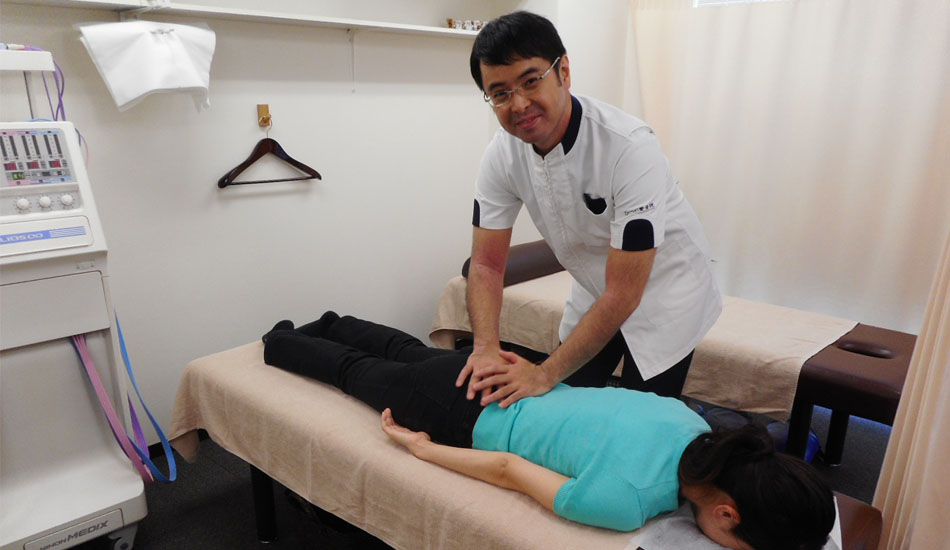Rock Your Body…Back to Top Condition
Published: May 29, 2017
Today, I’m at Hitsuji no Seitai, an osteopathic clinic near Kikukawa Station in Koto City.
Osteo-what?
I had no idea before visiting either. Osteopathy is a type of treatment that focuses on manipulation of muscles and bones to relieve pain and correct the body structure, particularly along the spine. Practitioners like Mr. Shuji Matsuzaki, the head of Hitsuji no Seitai, are certified bonesetters—or as they are called in Japan, “Judo Therapists”. This is because bone-setting used to be practised by martial artists and much of its teaching is derived from there.

Related to chiropractic, an osteopath’s job might range from treating older persons experiencing bodily aches to victims of accidents to athletes who need recuperation.
Or in my case…the day-to-day wear and tear on the body.
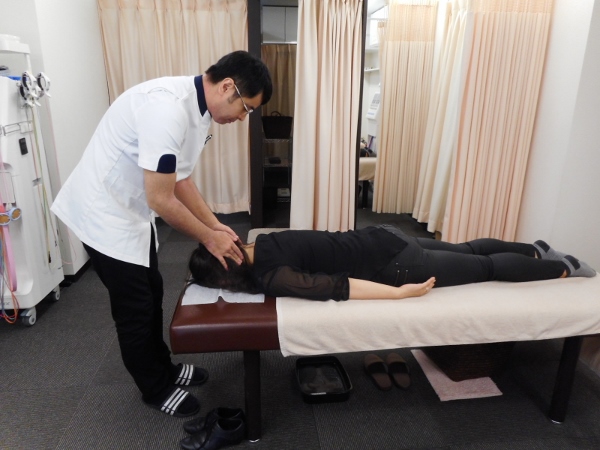
To be honest, there’s nothing that would have prompted me to visit an osteopath under normal circumstances. I have no aches, aside from the occasional stiff shoulder after a day at work, but surely that’s normal?
Still, I had heard about the amazing “rocking” massage technique (literal and figurative) at Hitsuji no Seitai, and wanted to know—would an occasional visit to an osteopathy clinic be beneficial for someone like me, who hasn’t any noticeable physical problems?
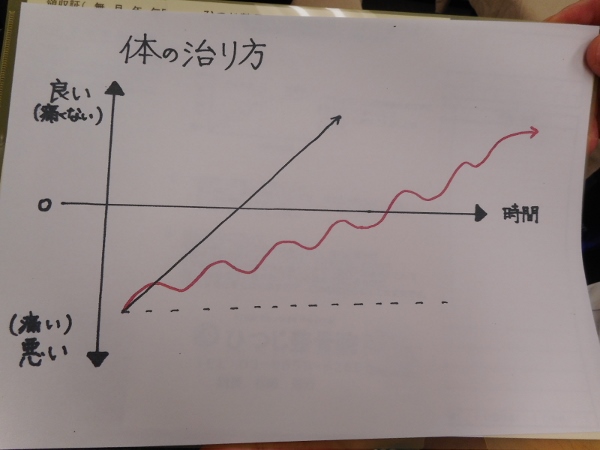
Well, as Mr. Matsuzaki explained to me, it’s often not until we’ve pushed ourselves to the limit and our bodies emit pain signals that we realize how bad things are.
“By treating your body before something bad happens, you can create a buffer to help cushion any blows from unexpected accidents.”
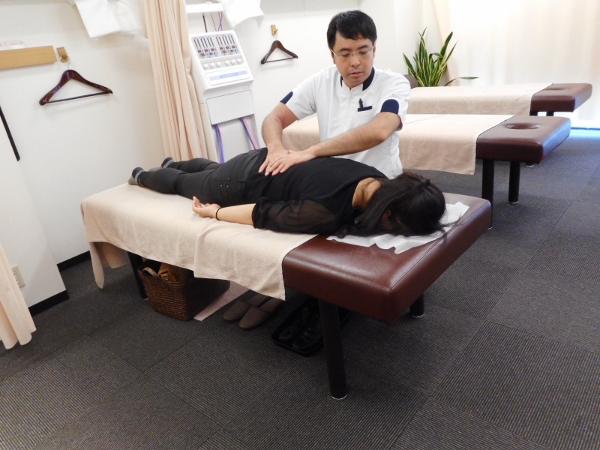
As I lay down I thought I was getting a massage and braced myself as such, but there was no kneading, pulling, pushing or twisting, and no pain! Instead, Mr. Matsuzaki started rocking my spine…back and forth, back and forth; creating gentle waves of motion that seemed to travel throughout my whole body.
It felt funny at first—almost ticklish, but then I started getting quite comfortable and sleepy…
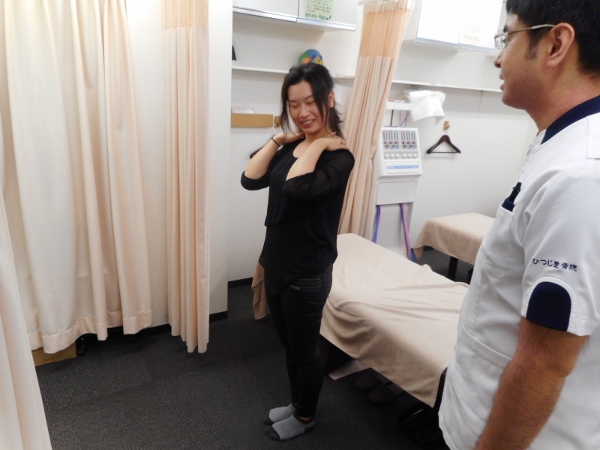
“Okay, we’re done!”
Getting up, I noticed that my shoulders and neck felt a lot lighter!
“Your neck bones were shifted slightly to the left. Not enough to cause problems—we’re talking about less than a millimeter—but if neglected, it can impede signals from the brain and block the body’s natural healing capabilities. That’s why it’s a good idea to get check-ups once in a while.”

In addition to the treatments, they also keep on premise a curious dome-shaped machine named “Smarty”. The role of Smarty is to warm up the body to help speed up metabolism, allowing the body to detox better. The temperature can be set low if you want to be comfortably warm without perspiring, or high, so you can sweat it all out like at a sauna!

When asked about his clientele, Mr. Matsuzaki had this to say:
“What I want people most to know is that we osteopaths communicate through touch. Even if there’s a language barrier, we will be able to find and fix the source of your pain, because we’re listening to your body.
“In addition, I treat victims of accidents for free. As long as you can indicate that the accident was the fault of the other party, you’ll receive care from us without paying for anything, and I can also put you in touch with international lawyers if needed.”
Wow! Despite claiming that he doesn’t speak much English, Mr. Matsuzaki is extremely globally-minded!
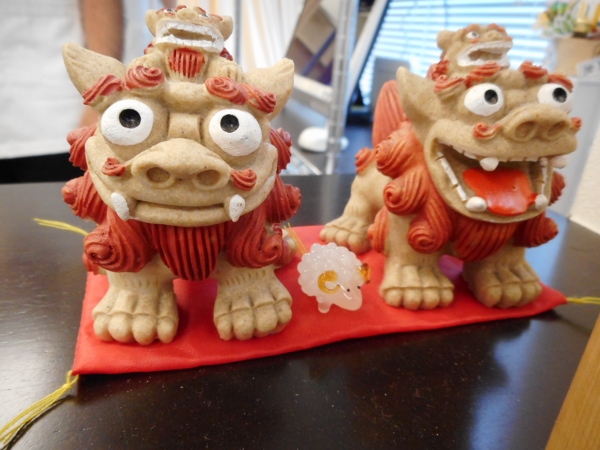
One last fun fact: Hitsuji no Seitai is named so because “hitsuji” (the Japanese word for sheep) sounds like “shitsuji” (butler or concierge). Mr. Matsuzaki wants to be a “body concierge” and take care of people’s aches and problems, the same way a conscientious butler takes care of the household.
“Plus, I was born in the year of the sheep!” Mr. Matsuzaki says with a laugh.
I think I know where to go the next time my body needs to hit the “reset” button (^^)
Story and Photos by Xianru Shen (Koto City Office Coordinator for International Relations)

